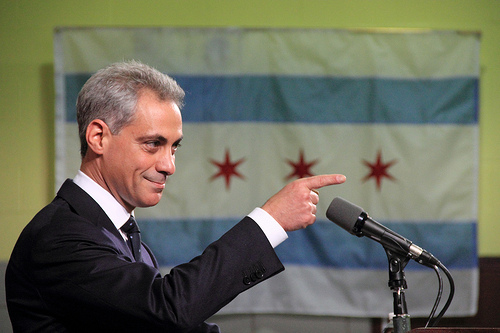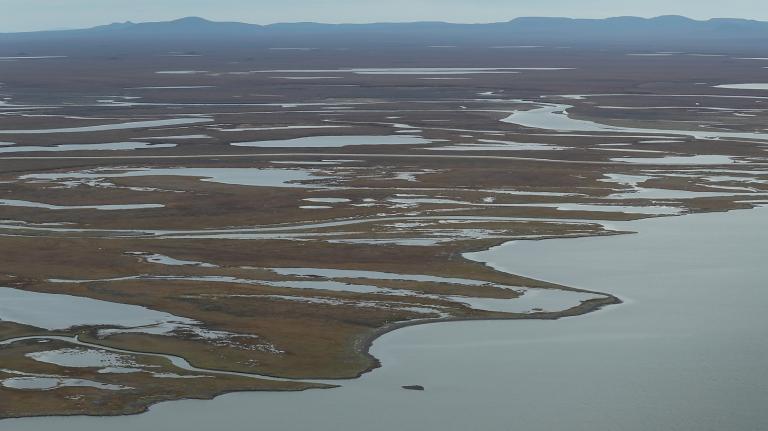While other cities ignore climate change, Chicago is doing the obvious: planning its infrastructure as if the next 50 years, and the next generation of Chicagoans, actually matter. Its efforts, started under one of the mayors Richard Daley (we can’t keep track), are now bearing fruit, leading to everything from flood-proof streets to heat-tolerant trees.
By the end of the century, Chicago's weather will resemble that of Baton Rouge, Louisiana. So the city stopped planting the Illinois state tree, the white oak, and went with swamp oak and bald cypress instead. You heard that right — the knobby-kneed trees that are a staple of bayou tableaux are now standard fare in the sidewalk planters of the Windy City.
If you're hoping that a warmer climate means less of Chicago's famous snow, you'd be wrong. Instead, the city is going to have more extreme winter precipitation (but less rainfall in the summer), which means larger flooding events. In response, the city is replacing bike lanes and parking spots with permeable pavement that allows 80 percent of rainwater to seep into the ground instead of running off into storm sewers or citizens' basements.
But perhaps the most telling thing about Chicago's reaction to climate change is what the city is not doing: shutting down its coal-fired power plants. Too little gain for too much cost, reasoned Daley's administration. It's a shame when you consider the health consequences of those urban coal-fired power plants — $1 billion since 2002.



